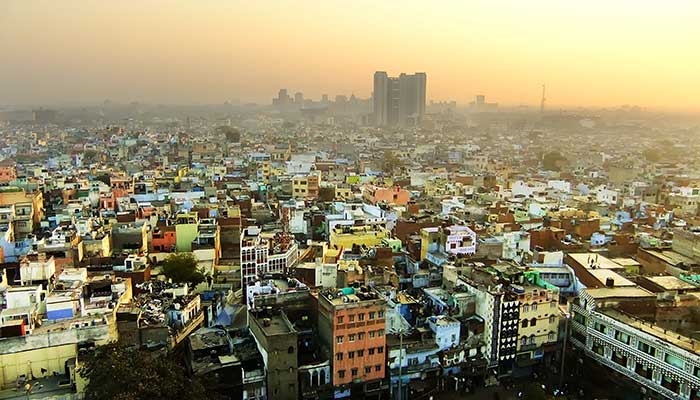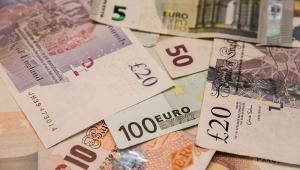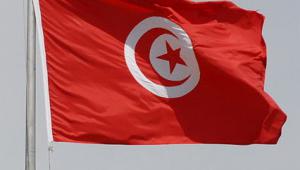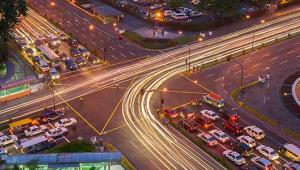web-newdelhi_istock-494297125.jpg

SASEC finance ministers endorsed the plan at a meeting in New Delhi, India
The plan, centred on economic and trade cooperation, serves as a roadmap for development in the world’s most rapidly growing region, where a young population, natural resources and strong domestic demand add up to immense economic potential.
Nevertheless, the region remains one of the world’s most poorly connected – a factor that limits its nations from harnessing that still unrealised capacity.
At the same time, millions of people in the region remain trapped in poverty. Strategies to boost growth are therefore imperative, especially in those countries where more than half of the population live below the poverty line.
South Asia Subregional Economic Cooperation (SASEC), a group made up of Bangladesh, Bhutan, India, the Maldives, Nepal, Sri Lanka, and, since this year, Myanmar, endorsed such a plan at a meeting in New Delhi today.
Speaking at the event, India’s finance minister, Arun Jaitley, said the vision could “transform the economic landscape of the region”.
It will see the region’s governments coordinate on growth-boosting projects and initiatives focused on areas like cross-border connectivity and power trade.
SASEC countries will develop regional “gateways” and “hubs” to expand trade and commerce in both regional and global markets, foster regional value chains and work to build competitiveness.
This will help tap into latent industrial demand and industry-to-industry links and unlock the potential of the region’s resources, SASEC said. It also aims to guide member nations in their effort to achieve the sustainable development goals.
The Asian Development Bank is already planning 19 projects for SASEC countries between 2017 and 2019, focusing on transport, energy, trade and economic development.
Its vice president, Wencai Zhang, said the initiative comes at a promising moment for the region, which has maintained robust growth in recent years as the rest of the global economy faltered.
Last week, countries across the entire Asia-Pacific region also agreed on a plan to accelerate the achievement of the SDGs.
The plan, adopted at a United Nations forum on sustainable development in the region in Bangkok, prioritises fostering implementation, especially in countries with special needs, and cooperation in areas like social development, climate change, natural resource management and connectivity.
“While the countries of the Asia-Pacific are forging ahead in this common endeavour, much work remains to bring about the transformations needed,” noted UN under-secretary general and executive secretary of the UN Economic and Social Commission for Asia-Pacific, Shamshad Akhtar.













